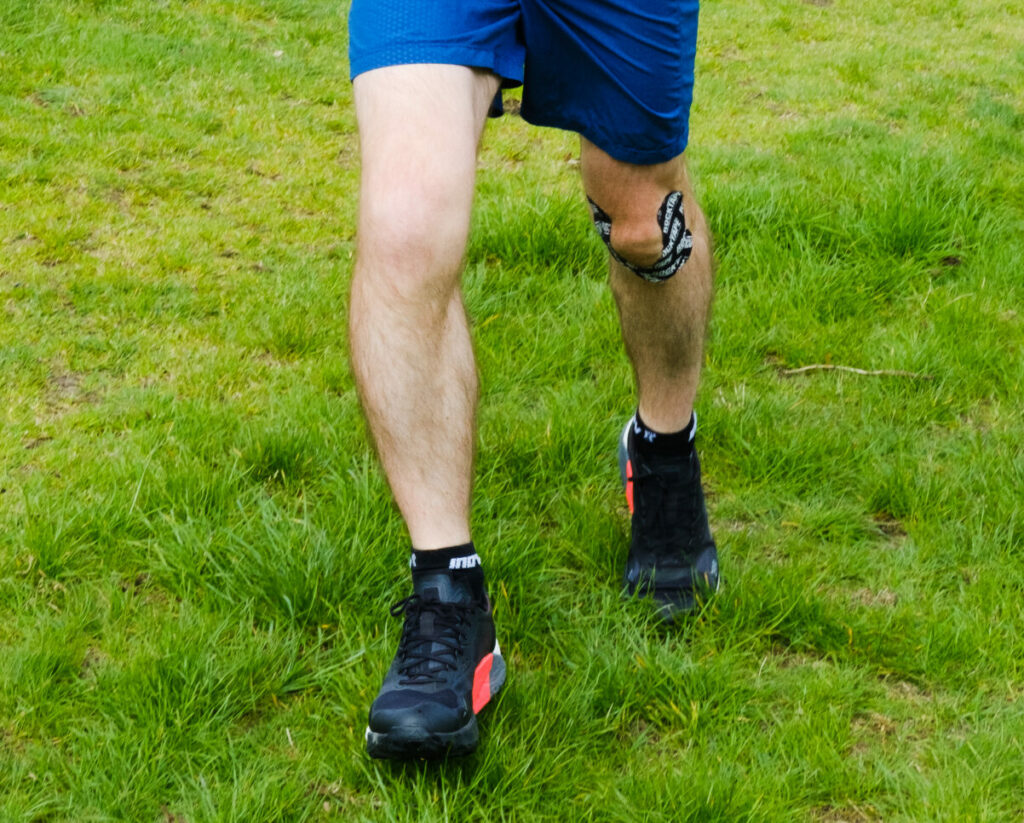As an experienced trail runner with 20+ ultra finishes to my name over varying terrain and distance, I feel that the correct shoe choice plays a major part in any training and race plan. The ability to build a running shoe rotation, not just for race day, but also in training for different sessions and different conditions under foot is an important element towards a successful training block.
Where you live and train is obviously a key factor in deciding which trail shoes are best for you, living in Cornwall the southwest coast path is right on my doorstep so I need fairly grippy and hard wearing shoes that will be able to handle slippery mud during the winter through to hard, exposed rock during the summer.
The shoe I am reviewing is the Terrex Agravic Ultra from Adidas. These shoes have an 8mm drop with a stack height of 34mm in the heel and 26mm in the forefoot whilst having 4mm lugs and a weight of 299 grams in a UK size 9. The rubber on the sole of the shoe is provided by continental, the midsole foam is made up of a combination of the ‘Lightstrike’ and ‘Boost’ material that Adidas also use in their road shoe range, while the upper features a light toe bumper, gusseted tongue and a breathable mesh in the forefoot and around the sides. These shoes are undoubtedly built to last, the quality of materials used along with the high standard of manufacture means they will last a long time.

On initial inspection the shoes seemed almost too well built, the sole in particular is very stiff and I did a few days of walking in the shoes to break them in a little before I attempted a run. Despite the high stack height, these shoes are not as cushioned as you would assume, whilst not initially uncomfortable, they are certainly not particularly soft or bouncy. The lockdown of the upper I felt was particularly good and held my feet in place perfectly, and for me, the firmer ride is one that I prefer.
I used the shoes for a variety of different runs, from a 20 mile long run at an easy pace to a shorter and quicker road to trail effort and all things in between. For me, running wise, the shoes are very well suited to easier efforts especially on slightly technical trails as this is where the stack height protects your feet well and the grippy and hard-wearing Continental outsole perform at their best. I found the Agravic particularly forgiving whilst running downhill and there is very little compromise to stability despite the higher stack height. In moderate mud they also performed well, the layout of the 4mm lugs provide both good grip and mud clearance so that the soles don’t become clogged and enabling you to continue your run unhindered. The shoes are not at their best during speedier efforts but that is not really what they are designed for, that said, you can run quickly in them, things just seem that little more laboured and the pickup seems a little slower than a lighter or lower stack shoe which is as you would expect when first putting them on.
The shoes cope reasonably well with shorter road to trail efforts but are without doubt designed for the trails. During the long run or the shorter, harder efforts I experienced no real discomfort or hot spots and have found the more miles that I have put into them, the more they are softening up. Going forward, I will use the shoes on easy days and long runs where an easier pace and foot protection are the primary concerns.
In conclusion, the Adidas Terrex Agravic Ultra are an incredibly well built trail shoe that is designed to be used and abused over the long term. These are probably not the shoe for anyone that wants a particularly soft and cushioned ride or a shoe for speedier efforts but for those seeking a daily trainer that will go the distance longevity wise, and that don’t mind a firmer ride, these could be an option for you.
These shoes are at a particularly attractive price point given their durability, based on the quality of construction and the materials used. After around 80 miles on unforgiving coastal path, I have noticed very little, if any wear, and would expect them last well beyond the 5-600 mile mark.
Review by Greg Moore